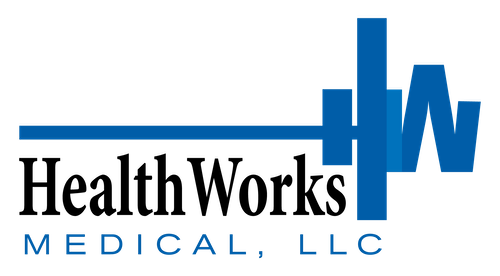
Written by Dr. Patrick Howell, CEO of HealthWorks Medical, LLC
Workplace injuries don’t just hurt employees; they can cripple your business with lost time, skyrocketing premiums, and compliance issues. But what if you could stop most claims before they ever occur?
Today, I’ll break down a smarter, more proactive approach to reducing workplace injuries and your workers’ comp exposure before day one.
What I’m Going to Teach You
- Why prevention is more cost-effective than reaction.
- Four proven tools to reduce risk before claims happen.
- How to build a proactive safety and hiring strategy.
Why It Matters to You
Employers often wait until after an injury occurs to act. But by then, it’s too late. You’re already dealing with paperwork, downtime, insurance headaches—and a frustrated worker. Proactive employers use pre-hire and early intervention tools to build a culture of safety that prevents injuries from ever happening.
Why Most Employers Fall Behind
- They don’t integrate medical and safety teams.
- They skip pre-hire physical ability screens.
- They react to injuries instead of studying the trends.
The result? Rising claims, growing costs, and preventable injuries.
My System: The Proactive Work Comp Prevention Playbook
1. Pre-Hire Screenings
Make sure candidates are physically capable of performing the job they’re hired to do before they start. Implement post-offer physicals, drug testing, audiograms, and respirator clearance when applicable.
2. Job Function Testing
Simulate essential job tasks to determine whether new hires meet physical demands. It will need to be tailored to your specific job descriptions. When implemented, it will reduce new-hire injury claims significantly.
3. Ergonomic Assessments
Don’t wait until an injury occurs to improve the workspace. Take the proactive approach. Identify your high-risk workstations, train employees on safe movements, and recommend specific adjustments and tools that will help personnel be successful without compromising safety.
4. Early Intervention Programs
Catch minor discomfort before it becomes a major injury. Consider an onsite or virtual triage, or access to athletic trainers or occupational health nurses. Early referrals for treatment will also prevent escalation.
Takeaways
Prevention always starts before day one. Early intervention saves both lives and dollars. Customized job testing and ergonomic planning are a great starting point to reduce risk. What is a step your company could take to further prevent work comp claims before they happen?
